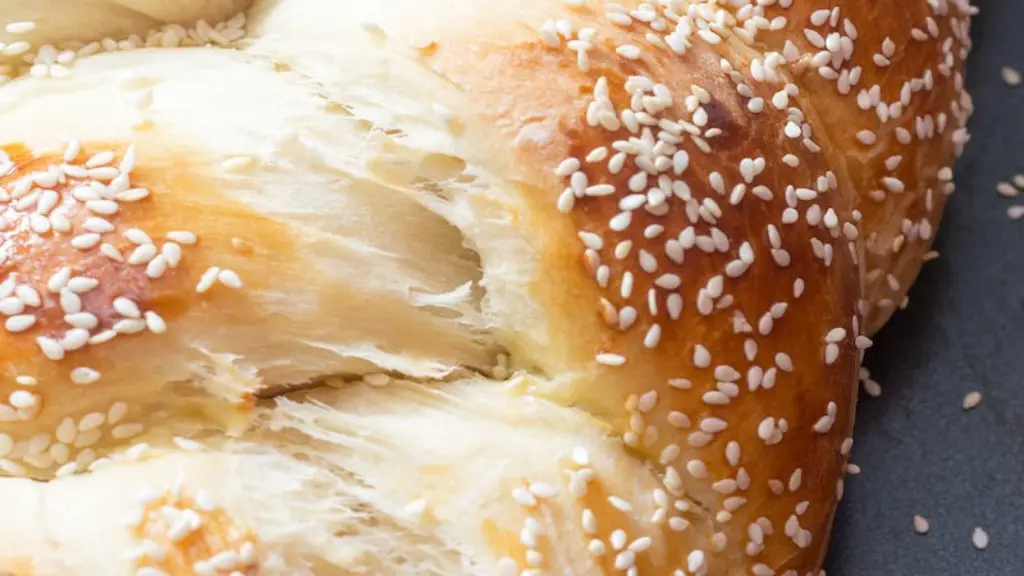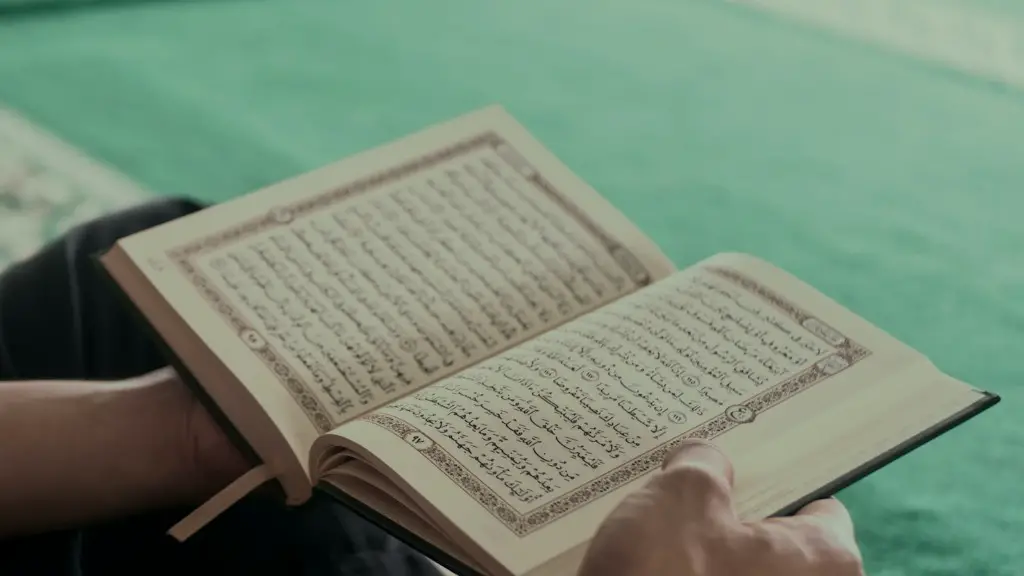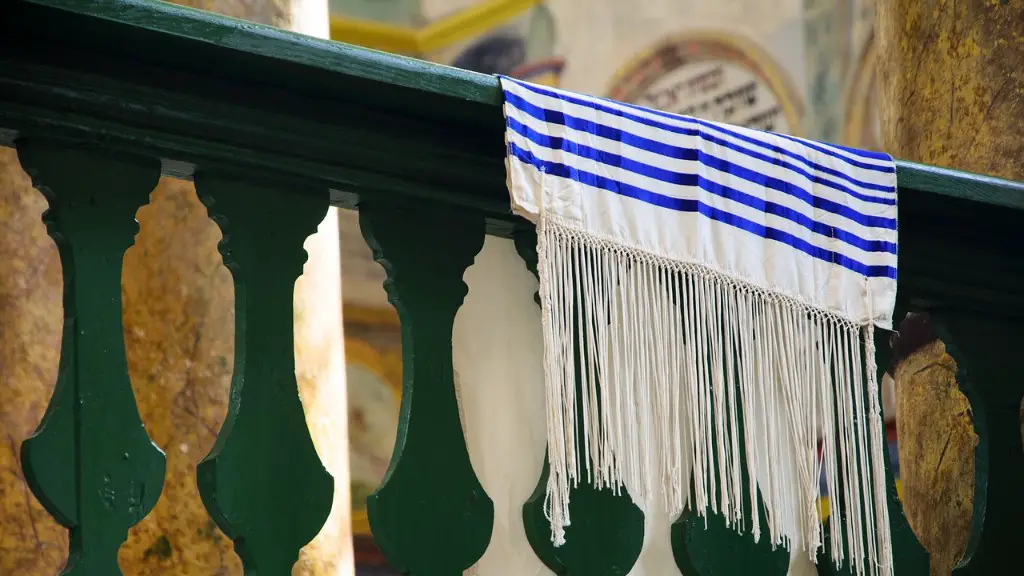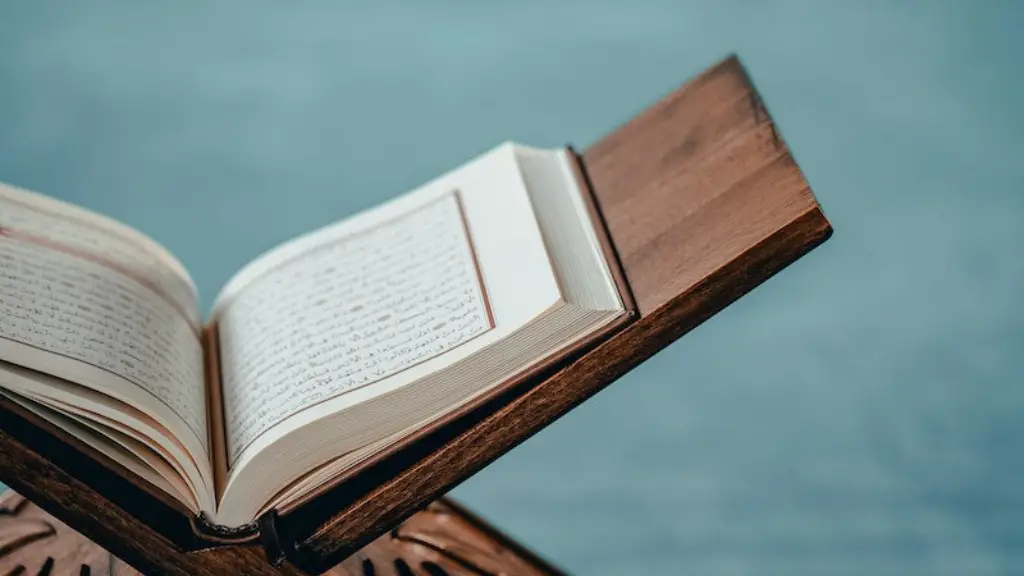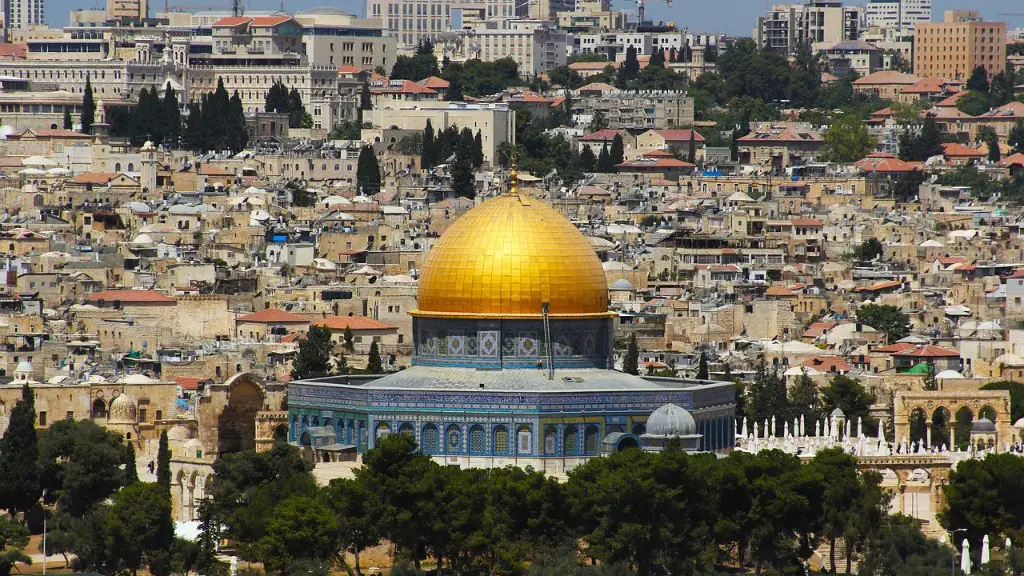What Is The Holiest Day In Judaism
The holiday of Yom Kippur, or the Day of Atonement, is considered to be the holiest day in Judaism. It is the day on which all Jews strive to attain repentance and atonement for their sins. Yom Kippur begins on the 10th day of the Jewish month of Tishrei and lasts for a total of 25 hours. It is a day of fasting and prayer, during which all work is forbidden. During the entire day, Jews are expected to abstain from food and drink, do not wear leather shoes, refrain from marital relations, and recite special prayers.
Yom Kippur is the day on which Jews ask for forgiveness from both God and their fellow man for any wrongs that have been committed. Jews believe that it is during this day that their fate for the coming year is sealed. The prayer service is incredibly solemn and somber and consists of many chanting and lengthy supplications.
During Yom Kippur, Jews spend the day in the synagogue in prayer and contemplation. It is customary to dress in white and to wear special clothing called a kittel or a tallit. Worshippers are expected to reach out to their fellow man and ask for forgiveness for any wrongs that have been committed. Jews also repent for any wrongs against God and pray for world peace.
At the end of Yom Kippur, Jews traditionally break their fast with a meal known as the break-fast. Most people will then take part in a communal meal called an oneg, where they will celebrate the end of their fast. Once the meal is finished, all of the participants will return to the synagogue once again to say a final prayer known as Ne’ilah.
Yom Kippur is an incredibly important day in the life of a Jew, as it is seen as a day of reflection and renewal. It is a day when all Jews can come together in unity, regardless of observance level, to repent for their sins and to unify in their commitment to a better future.
Significance of Yom Kippur
Yom Kippur is significant from both a spiritual and religious perspective. It is a time for Jews to reflect on their own behavior, to seek forgiveness for their sins, and to express a commitment to living more rightly in the future. The words of the liturgy Yom Kippur emphasize the solemn beauty of the day as God’s mercy and justice are revealed to the world in the form of forgiveness and redemption.
Yom Kippur also offers Jews an opportunity to experience a sense of communal responsibility. Jews are encouraged to look at the ways they have impacted their community and the ways in which they can make a positive impact. This can include acts of charity, the pursuit of justice, and the recognition of the underlying unity that exists between all Jews regardless of observance level.
In addition to its spiritual and religious significance, Yom Kippur is also a day of cultural significance. It is a day of fasting, prayer and reflection which marks the beginning of the High Holy Days.Jews often make an effort to dress up in their finest clothes, to give charity and fulfill other mitzvot. This is in line with their commitment to move closer to God and embody the covenant of the Jewish people.
History of Yom Kippur
The holiday of Yom Kippur has a long history which dates back to ancient times. It was first mentioned in the Bible in the book of Leviticus chapter 16, where it is referred to as the Day of Atonement. The Torah outlines the rituals and ceremonies that were to be performed on this day.
The Mishnah and the Talmud also offer descriptions of the festival and its rituals. They also discuss the specific prayers and liturgy that were to be used on Yom Kippur. Over time, the holiday has evolved and been adapted to suit the needs of the changing Jewish population.
Yom Kippur has come to represent a day of deep spiritual reflection, repentance, and unity for Jews all over the world. Every year, the holiday is still observed in the same way, and Jews still chant the same prayers that have been used for centuries.
Observance of Yom Kippur
Despite being one of the most important of all Jewish holidays, observing Yom Kippur can be a challenging process. As with all of the High Holy Days, Jews are expected to observe the Commandments as well as fulfilling the mitzvot associated with the day. This can include dressing in white and attending synagogue, as well as fasting and spending time in contemplation.
As the day is a time of confession, repentance and prayer, many Jews will spend their time reading the Machzor, a special prayer book which is used during Yom Kippur. This book contains a selection of prayers and readings and is an essential tool for engaging in the necessary spiritual work of the day.
In addition to the usual religious observances of Yom Kippur, for many Jews it is also a day for gathering with family and friends and breaking the fast together in the evening. This is a chance for people to express their gratitude for God’s mercy and to celebrate their relationships in unity and joy.
Traditional Foods of Yom Kippur
The traditional foods served during Yom Kippur are usually dairy-based and light in order to help break the fast. Common dishes include blintzes, kugel, and challah. People will also often eat apples with honey and drink wine that has been flavored with spices. This is a symbol of hope for a sweet and prosperous New Year.
At the end of Yom Kippur, it is customary to serve gefilte fish, matzo ball soup, and various other fish dishes. This is a symbol of renewal and a reminder of the New Year fast that is beginning. Once the meal has been completed, people will return to the synagogue to recite the final prayer of Ne’ilah.
Modern Practices of Yom Kippur
As life in the modern world has become increasingly hectic, many Jews find that they have less time to properly observe Yom Kippur. Despite this, there are still ways in which people can connect to the holiness of the day. For example, some will spend Yom Kippur attending uplifting lectures or playing upbeat music that can help to bring a sense of the Divine into the home.
Another popular practice on Yom Kippur is the hosting of a formal repentance ceremony. This ritual is performed to symbolically repair any wrongs that have been committed in the past and to make a commitment for a better future. Participants will reflect on the various wrongs that they have made in their lives and state their commitment to making positive changes going forward.
There are also a range of organizations which help to bring Yom Kippur to a wider audience. The International Fellowship of Christians and Jews for example, provides a prayer service that is available to anyone who wishes to take part. There are also a number of online resources which can help to bring the spirit of the day into one’s home.
Traditional Prayers of Yom Kippur
Yom Kippur is a time for deeply personal prayer and reflection, as well as communal worship. There is a selection of traditional prayers that are recited during the Day of Atonement, which include the Kol Nidrei, Unetaneh Tokef, and the Avinu Makom. All these prayers are designed to offer guidance and comfort during moments of intense spiritual contemplation.
The Kol Nidrei is said on the eve of Yom Kippur and declares the dissolution of any commitments that were made during the previous year. This is a symbolic way of recognizing that mistakes were made during the past year and that a new beginning is much sought after.
The Avinu Makom is a prayer that expresses the need to be forgiven for one’s wrongs and to unite with God in the coming year. It is a plea for mercy and is recited at the very end of the Yom Kippur service.
Finally, Unetaneh Tokef is arguably one of the most well-known prayers associated with Yom Kippur. It contains the words, “who shall live and who shall die,” and makes reference to the Day of Judgment when it will be decided who will be restored to life. It is believed that everyone is judged on this day, and it serves as a reminder of the importance of repentance in Jewish tradition.
